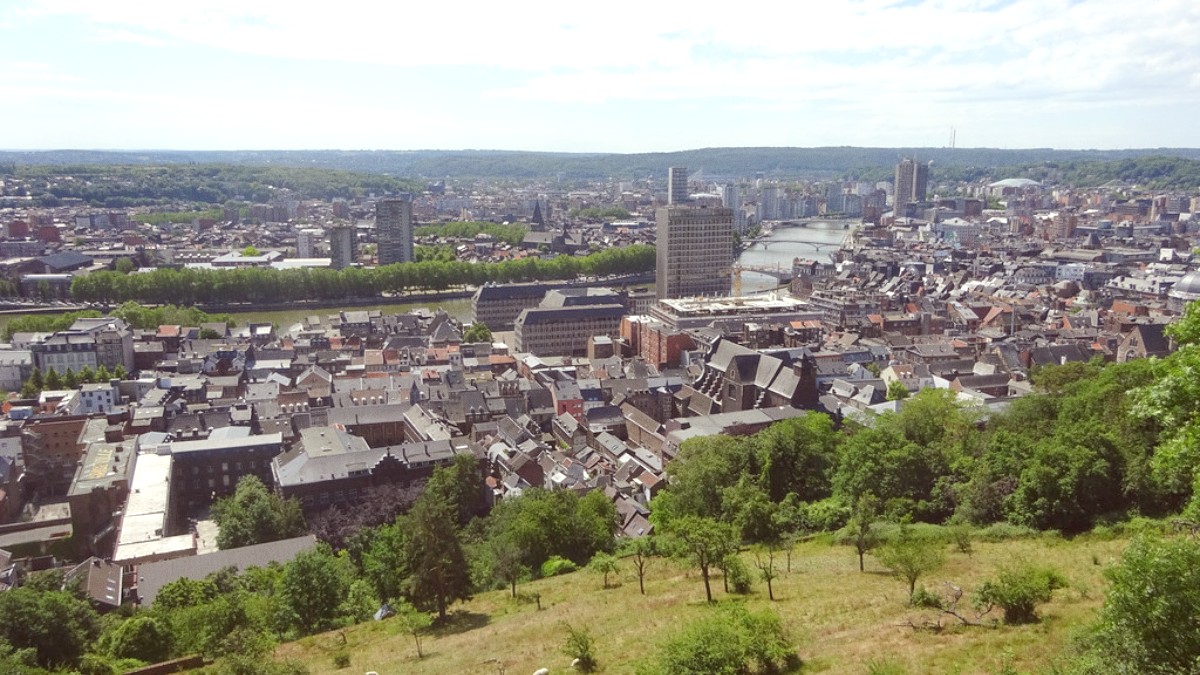
Wallonia, Belgium
TEC Buses: The bus network is comprehensive, covering the entire city and connecting to surrounding suburbs. Buses serve most major attractions, residential areas, and transport hubs.
The official TEC website (letec.be) and its mobile app offer detailed route maps, real-time bus and tram tracking, and a journey planner. These are good tools for navigating the system.
Place Saint-Lambert serves as the main hub for both buses and the tram in the city center. Many lines converge here, making it easy to transfer.
Liège-Guillemins Train Station is also a major transport hub for city buses and the tram. It offers seamless connections between regional and international trains and the local public transport network.
The official TEC website (letec.be) and its mobile app offer detailed route maps, real-time bus and tram tracking, and a journey planner. These are good tools for navigating the system.
Download the official TEC app for real-time bus/tram tracking and route planning. This is your best tool for efficient public transport use.
Purchase a MULTI Card or Day Pass for convenience and potential savings, especially if you plan multiple journeys.
Liège's city center is relatively compact. Many attractions are within walking distance of each other. Public transport is useful for longer distances or if you prefer to avoid the city's hills.
Locals are often willing to help with directions, but having an idea of your route beforehand is good practice.
Taxis and ride-sharing apps offer convenient point-to-point transportation, especially useful for late-night travel or when carrying luggage.
Drive on the right-hand side of the road. Seatbelts are mandatory for all occupants. Headlights must be used when visibility is poor. Speed limits are strictly enforced (50 km/h urban, 90 km/h national, 120 km/h motorways). Hands-free devices are needed for mobile phone use.
Generally good, with well-maintained motorways and national roads. Belgium has a high density of traffic cameras. Drink-driving laws are strict. Always be aware of cyclists, especially in urban areas and on shared roads.
Parking in Liège city center is limited and often expensive. Look for underground parking garages (e.g., Parking Saint-Lambert, Parking Cathédrale). Park and Ride (P+R) facilities on the outskirts offer cheaper parking with convenient public transport connections to the center.
Liège is a city best explored on foot, with its dense historical core and scenic riverfront.
Liège benefits from Belgium's extensive RAVEL network, a system of paved paths often built on former railway lines or along riverbanks. These routes are excellent for leisure cycling, connecting Liège to surrounding areas along the Meuse River.
Ideal for leisure cycling.
Within the city center, cycling can be challenging due to traffic, cobbled streets, and hilly sections. Dedicated cycle lanes are present in some areas but are not as widespread as in certain Dutch cities.
Be aware of traffic.
There are no specific "no-go" areas for pedestrians or cyclists in Liège. Exercise general urban caution, specifically in areas with heavy traffic or at night. Always use designated crossings and respect traffic signals. Some cobbled streets can be uneven, needing care when walking or cycling.
General caution needed.
This section provides details on exit procedures.
Offers extensive facilities for departing travelers.
Provides essential services for departing train travelers.
Liège-Guillemins is an impressive architectural space to experience before you leave. Its modern design contrasts with the city's historical elements, offering a memorable final impression.
Liège offers diverse transport options for both arrival and departure.
The compact city center of Liège is best explored on foot, allowing for intimate discovery of its historical sites and charming streets.
Utilize the modern TEC bus and tram network for longer distances and reaching specific neighborhoods beyond the walkable core.
Explore scenic riverbanks and surrounding areas by bicycle, with rentals available for convenience and access to the RAVEL network.
Liège is best explored on foot within its city center. Utilize the modern tram and extensive bus network for longer distances.
Consider cycling along the Meuse for a scenic experience. Taxis and ride-sharing are available for convenience.